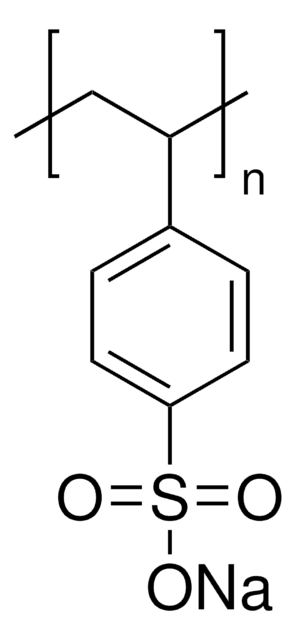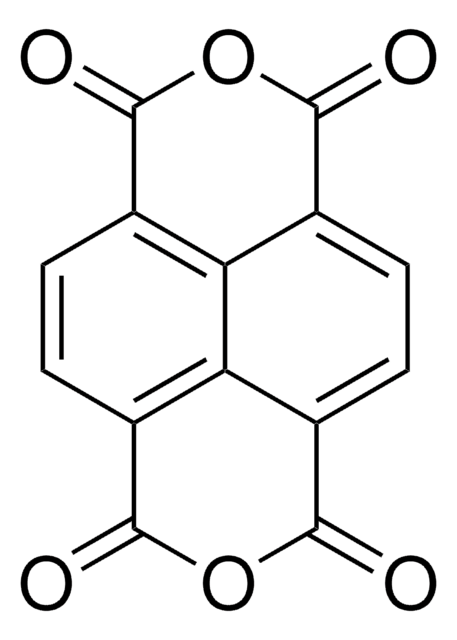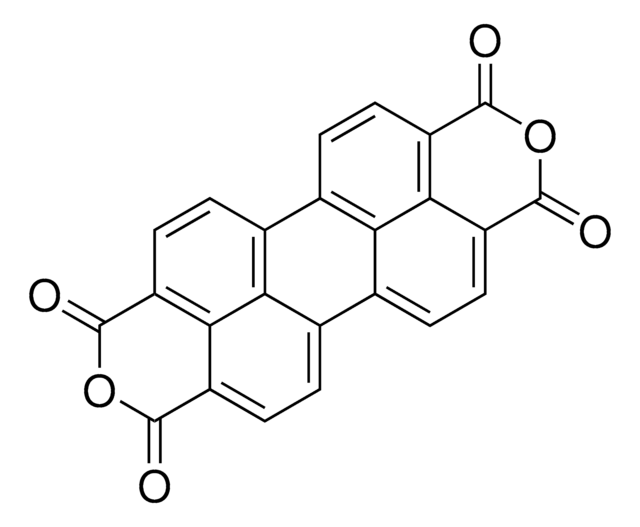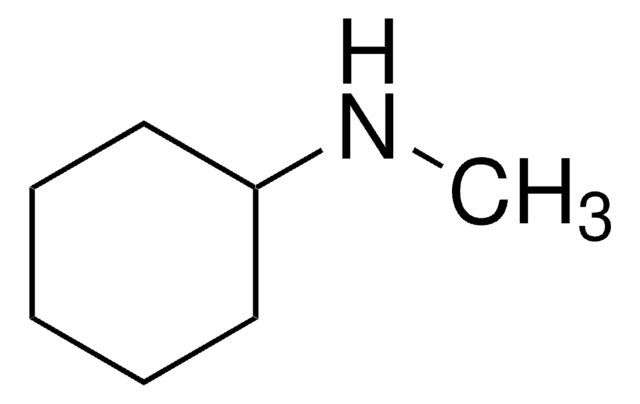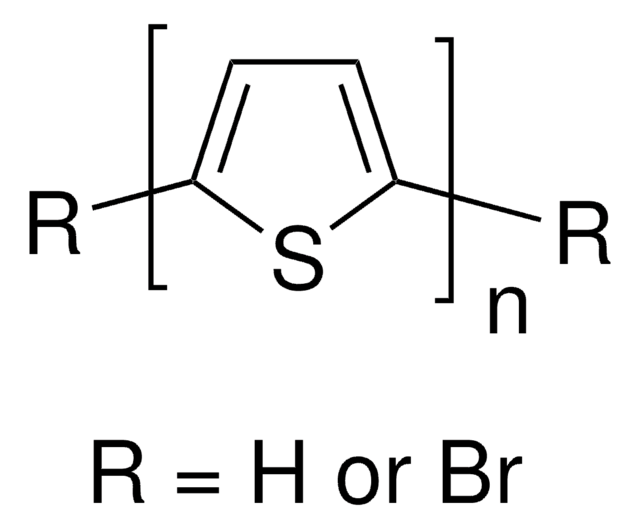445711
Poly(3-octylthiophene-2,5-diyl)
regioregular
Sinónimos:
P3OT
About This Item
Productos recomendados
Nivel de calidad
mol peso
average Mn ~34,000
color
black
conductividad
1 × 10-6 S/cm
~1 × 103 S/cm (when doped with iodine)
mp
190 °C
198-211 °C
fluorescencia
λex 442 nm; λem 562 nm in chloroform
rendimiento de la unidad OPV
ITO/PEDOT:PSS/P3OT:PC61BM (1:2)/LiF/Al
propiedades de los semiconductores
P-type (mobility=1E-4-1E-1)
¿Está buscando productos similares? Visita Guía de comparación de productos
Descripción general
Aplicación
Rechargeable battery electrodes, electrochromic devices, chemical and optical sensors, light-emitting diodes, microelectrical amplifiers, field-effect transistors and non-linear optical materials.
Características y beneficios
Envase
Información legal
Rieke is a registered trademark of Rieke Metals, Inc.
Código de clase de almacenamiento
11 - Combustible Solids
Clase de riesgo para el agua (WGK)
WGK 3
Punto de inflamabilidad (°F)
Not applicable
Punto de inflamabilidad (°C)
Not applicable
Equipo de protección personal
Eyeshields, Gloves, type N95 (US)
Elija entre una de las versiones más recientes:
¿Ya tiene este producto?
Encuentre la documentación para los productos que ha comprado recientemente en la Biblioteca de documentos.
Los clientes también vieron
Artículos
Polymer-based Materials for Printed Electronics: Enabling High Efficiency Solar Power and Lighting
The application of conducting polymers at the interface with biology is an exciting new trend in organic electronics research.
Polymer Semiconductors for Intrinsically Stretchable Organic Transistors
Nuestro equipo de científicos tiene experiencia en todas las áreas de investigación: Ciencias de la vida, Ciencia de los materiales, Síntesis química, Cromatografía, Analítica y muchas otras.
Póngase en contacto con el Servicio técnico
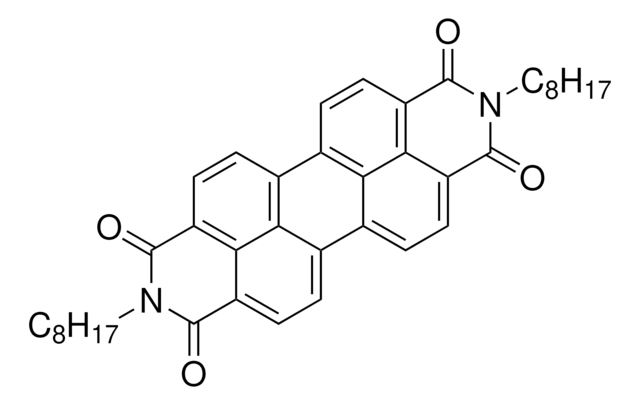


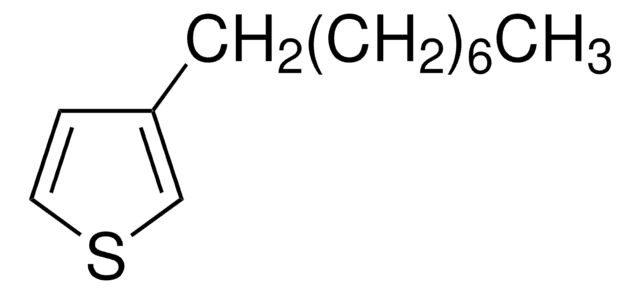
![Poly[2-methoxy-5-(2-ethylhexyloxy)-1,4-phenylenevinylene] average Mn 40,000-70,000](/deepweb/assets/sigmaaldrich/product/structures/344/488/b8f8179d-3970-4deb-a754-adda88cdb36f/640/b8f8179d-3970-4deb-a754-adda88cdb36f.png)

